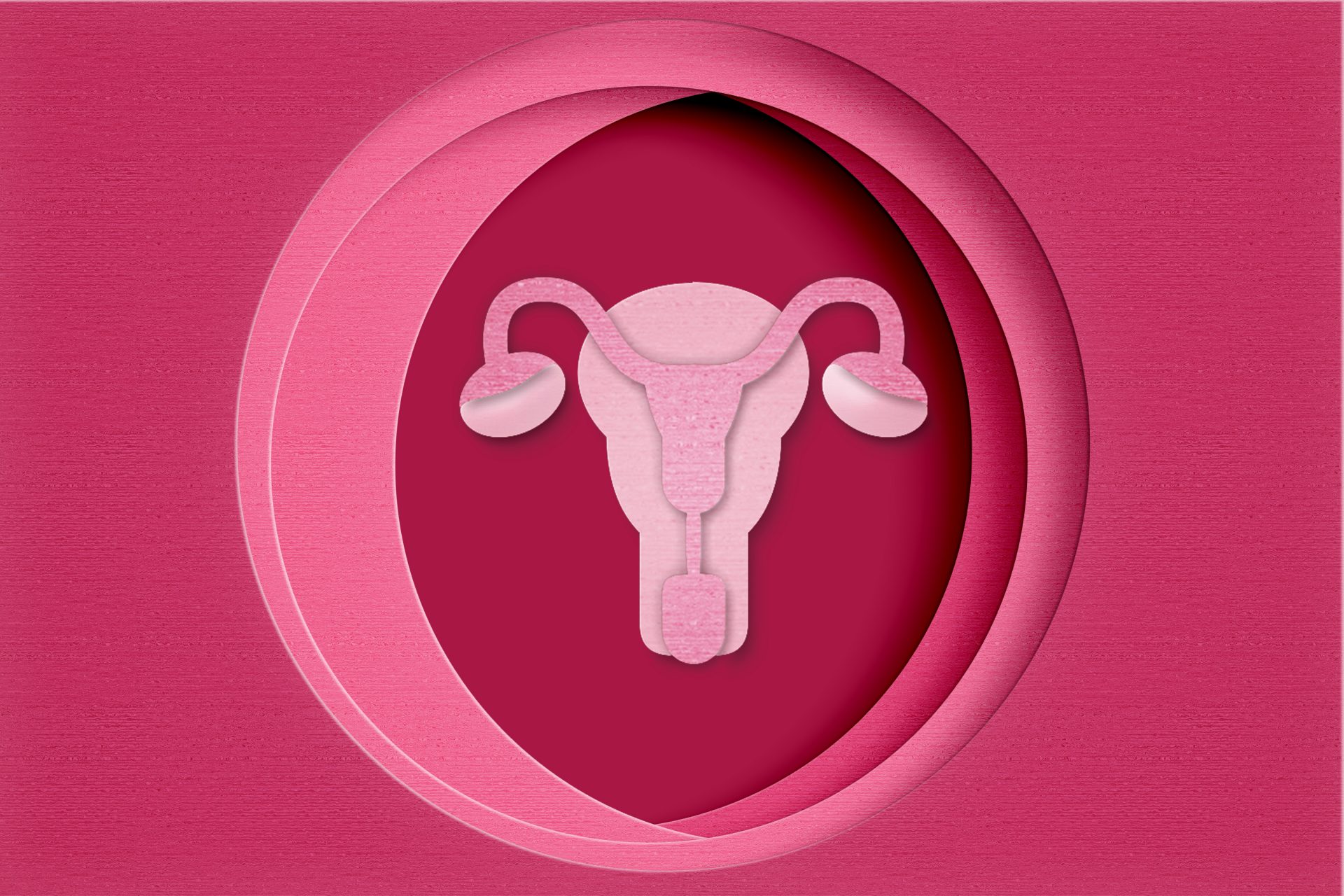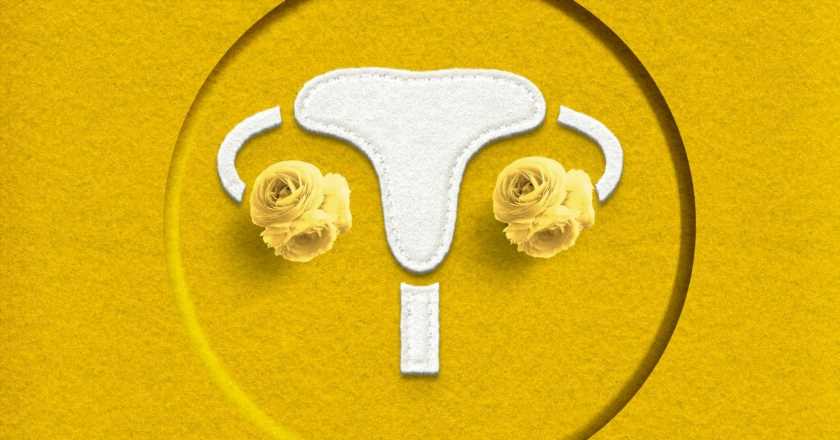Sure, you might use a moon cup and a period tracker, but much do you really know about your reproductive system? Probably not much, if you’re anything like Strong Women editor Miranda Larbi.
Period positivity is really having a moment. At long last, we’re being more open about pain, sustainable products are everywhere and it’s commonplace to hear friends talk of tweaking their exercise plans around their cycle. But how much do you really know about your own reproductive system?
I’m on day three of my period, and to celebrate that fact I’ve been cycling while listening to the BBC podcast 28ish Days Later. The intro begins with presenter India Rakusen expressing the relief that can come with the start of her period (very relatable), and a discussion around the anatomy of the womb.
So far, so standard. Actually, as I’m cycling up a sharp incline, I decide to give the podcast another five minutes before switching over to my workout playlist because it sounds like it’s going to go over things I already know. But very soon, I realisethat all the stuff being spoken about – all the introductory information on how the womb works – is brand new to me.
You may also like
Yoga poses that will ease period pain and stomach cramps
Dr Dorna Lebari starts with the rock bottom basics: the womb doesn’t look anything like the diagrams you tend to see in magazines or in science books. It’s actually heart-shaped and pale pink, and is almost pure muscle. But then, she goes on to share a bit of biological magic.
Contrary to the diagrams you tend to see in magazines and science books (and even the illustration on the podcast cover), the ovaries don’t tend to be connected to our fallopian tubes. At the end of the tubes are ‘finger-like projections’ that just know when an egg has been released, and stretch out to catch each one when they get released. How bonkers is that? The fallopian tube the softer, more moist E.T., stretching out its little fingers to pluck its prize from the ovary ether.

Consultant gynaecologist and research fellow at the University of Edinburgh Dr Jackie Maybin goes on to talk about how the endometrium swells, sheds and then entirely repairs itself with no scarring or damage. Did I know what the endometrium was? Not really. I’ve heard of endometriosis, and know that it’s something to do with a hormonally-charged tissue that grows in awkward places and sheds like the stuff in our wombs, but that’s about it.
But actually, the endometrium sounds like one of the most incredible feats of biological engineering. Dr Maybin tells Rakusen: “It has this amazing capacity to regenerate and repair that is unparalleled outside of the female reproductive system.
“I think it’s the most amazing tissue… you can see patches are healing as other bits are being shed.”
How on earth can it be the case that, at 32 and with close to a decade of writing about women’s health under my belt, this is all news to me? Why am I getting the most fundamental information about my own gynaecological reality from a podcast – and learning more about the womb in one 15-minute episode than I did in 15 years at school?
Towards the end of my cycle into work, I’m finishing episode two, in which I learn that 70% of white women and 80% of women with African heritage will develop fibroids by the time they reach the menopause. Before tuning in, I barely knew what a fibroid was, and assumed it was a rare and painful condition that affected an unlucky minority (it’s a benign tumour that’s super, super common). Being of both white British and Black African heritage, I’m more than likely to develop one myself. That strikes me as something perhaps the first personal, social, health and economic (PSHE) education lesson in year seven should cover, or at least a topic GPs should mention in first prescribing the pill or while nurses conduct your first smear test.
Why are we getting our basic menstrual information from podcasts?
I’ve not been wilfully ignorant all this time: I was forced to do triple science for GCSE and am quite sure the womb never once made an appearance. Being interested in health and fitness, I’ve read a lot of health news. Aside from cancer scares and warnings that women aren’t having enough babies, the stories on women’s health are few, the research is minimal and education on the subject (at least in the noughties) is/was a joke.
At my convent school, for example, we were taught that using a tampon would amount to losing our virginity (and was therefore, sinful). It’s a wonder that I’m able to insert a moon cup at all. And it was only when my periods stopped all together a few years ago, that I actually started to take a vested interest in finding all the information I could on periods, and all the things that might affect them.
It’s great that the BBC is filling the gap. As it has done for generations, the Beeb is busy in its brief to inform and provide accessible education to the masses. But given that over half the world bleeds (and, according to 28ish Days Later, one in three women worldwide experience ‘heavy bleeding’), it is worrying that we have to rely on a 15 minute public broadcast to tell us about how our bodies work and why we feel the way we do on a monthly basis.
Images: Getty
Source: Read Full Article
